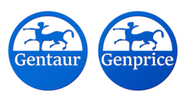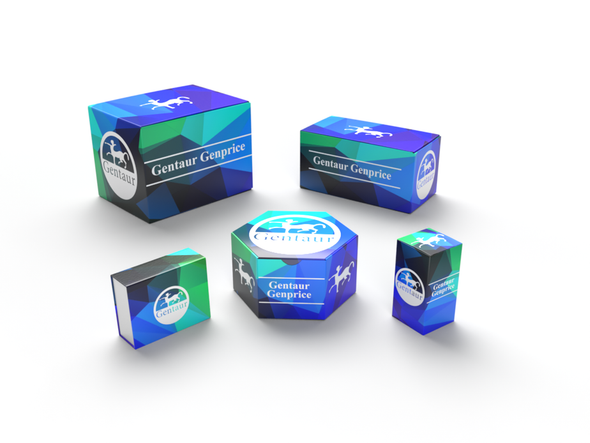Description
POU6F2 Antibody | 56-320 | Gentaur UK, US & Europe Distribution
Host: Rabbit
Reactivity: Human
Homology: N/A
Immunogen: This POU6F2 antibody is generated from rabbits immunized with a KLH conjugated synthetic peptide between 34-61 amino acids from the N-terminal region of human POU6F2.
Research Area: Cancer
Tested Application: WB
Application: For WB starting dilution is: 1:1000
Specificiy: N/A
Positive Control 1: N/A
Positive Control 2: N/A
Positive Control 3: N/A
Positive Control 4: N/A
Positive Control 5: N/A
Positive Control 6: N/A
Molecular Weight: 73 kDa
Validation: N/A
Isoform: N/A
Purification: This antibody is purified through a protein A column, followed by peptide affinity purification.
Clonality: Polyclonal
Clone: N/A
Isotype: Rabbit Ig
Conjugate: Unconjugated
Physical State: Liquid
Buffer: Supplied in PBS with 0.09% (W/V) sodium azide.
Concentration: batch dependent
Storage Condition: Store at 4˚C for three months and -20˚C, stable for up to one year. As with all antibodies care should be taken to avoid repeated freeze thaw cycles. Antibodies should not be exposed to prolonged high temperatures.
Alternate Name: POU domain, class 6, transcription factor 2, Retina-derived POU domain factor 1, RPF-1, POU6F2, RPF1
User Note: Optimal dilutions for each application to be determined by the researcher.
BACKGROUND: This gene encodes a member of the POU protein family characterized by the presence of a bipartite DNA binding domain, consisting of a POU-specific domain and a homeodomain, separated by a variable polylinker. The DNA binding domain may bind to DNA as monomers or as homo- and/or heterodimers, in a sequence-specific manner. The POU family members are transcriptional regulators, many of which are known to control cell type-specific differentiation pathways. This gene is a tumor suppressor involved in Wilms tumor (WT) predisposition. Alternatively spliced transcript variants encoding distinct isoforms have been found for this gene.







![POU6F2 Antibody (N-term) [APR03669G] POU6F2 Antibody (N-term) [APR03669G]](https://cdn11.bigcommerce.com/s-1rdwiq712m/images/stencil/590x590/products/55259/55563/gentaur-genprice__26005.1661610467__29809.1661628092__75433.1661676199__77988.1661684280__64362.1661692443__35080.1661835986.png?c=1)


